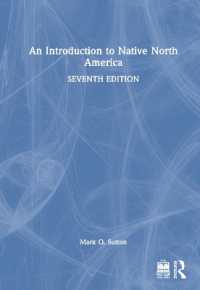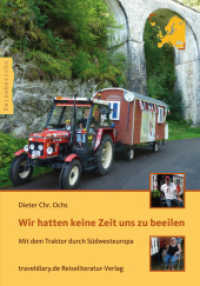Full Description
Decades before white women won the right to vote throughout the United States, they first secured that right in its Western region—beginning in Wyoming in 1869. Many scholars have studied why and how the Western states enfranchised women before the Eastern ones; this book instead examines the influence of the West on the national US suffrage movement. As the campaign for woman suffrage intensified, US suffragists often invoked the West in their verbal, visual, and embodied advocacy. In deploying this region as a persuasive resource, they challenged the traditional meanings of the West and East, thus gaining additional persuasive strategies. Tiffany Lewis's analysis of the public discourse, images, and performances of suffragists and their opponents shows that the West played a pivotal role in the successful campaign for white women's enfranchisement that culminated in 1920. In addition to offering a history of this political movement's rhetorical strategy, Lewis illustrates the usefulness of region in protest—the way social movements can tactically employ region to motivate social change.
Contents
Contents Acknowledgments Introduction Chapter 1. Mythologizing the West: Abigail Scott Duniway's Mythic Frontier, 1884-1905 Chapter 2. Visualizing the West: Suff rage Maps' Imagery of Legitimacy, Civilization, and Continental Expansion, 1907-1917 Chapter 3. Dismissing the West: Antisuff ragists' Wild and Woolly West, 1903-1919 Chapter 4. Defending the West: Helen Ring Robinson's and Jeannette Rankin's Western Domestication and Boosterism, 1913-1918 Chapter 5. Embodying the West: Th e Women Voters' Envoys' Transcontinental Car Travel, 1915 Afterword Notes Index








